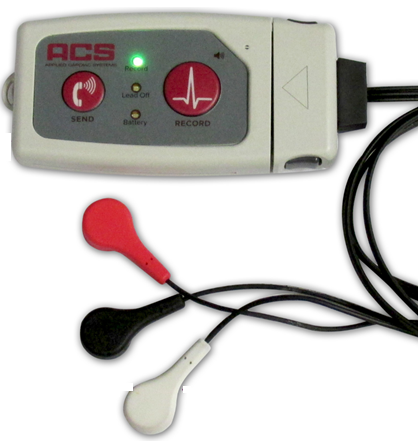
30 day heart monitor how to#
Record any symptoms when they happen, and note what you were doing at the time. Learn how to use a cardiac event monitor to record your heart rhythm when you have symptoms such as dizziness, palpitations, shortness of breath, fainting or chest pain. You will also need to keep a diary while using your event monitor. The results prove MCT to be clinically superior in detecting significant cardiac.

You may need to wear your event monitor for several days or up to a month. Cardiac Telemetry (MCT) to traditional 30 Day Cardiac Event Monitors. If you have a cardiac memory looping monitor, change your sensors as instructed. Or the monitor may be mailed to your home with instructions for using it. A technician will show you how to place the electrodes. You may need to shave the area before applying.
30 day heart monitor skin#
You can usually put the monitor on your belt or in your pocket.īefore you put your sensors on your chest, your skin should be clean of oils, creams, and sweat. Wires connect these sensors to a monitor. Its used to detect or determine the risk of irregular heartbeats (arrhythmias). Memory looping monitors have sensors that attach to your chest using sticky patches. A Holter monitor is a small, wearable device that records the hearts rhythm. Different types of event monitors work in different ways. Your healthcare provider will show you how to use your event monitor. The heart muscle can become irritated and more likely to have irregular heart rhythms as you recover at home. Please bring along a list of the names and dosages of all medications for the cardiac technician to go through with you. You have had an open heart surgery, such as a heart valve replacement or repair or bypass grafting. You may have to wear a monitor after an ablation or cardioversion to see that your heart is still in a normal rhythm with these types of treatments. Although the monitor will transmit cardiac data automatically to Philips 24 hours a day, it is important for you to record symptoms as you feel them. Your healthcare provider wants to check how well the treatment for an abnormal heart rhythm is working. You have symptoms, such as palpitations, dizziness, or fainting, or feel your heart is beating too hard or skipping a beat Your heartbeat is too fast, too slow, or irregular You may need to wear an event monitor if: The event monitor can also help show what type of abnormal rhythm you have. It's best for rhythm abnormalities that happen now and then or that are caused by certain symptoms. That way, you can record your heart’s electrical activity when you are having symptoms.

An event monitor may be a better option for you. In this case, an ECG is not likely to pick up the abnormal heart rhythm. You carry the device in your hand, wear on your wrist, or keep it in your pocket. Some abnormal heart rhythms happen less often and for only a short time. You can carry or wear a cardiac event monitor up to 30 days.

A healthcare provider may think that you have an abnormal heart rhythm based on your health history, even if your ECG looks normal.


 0 kommentar(er)
0 kommentar(er)
